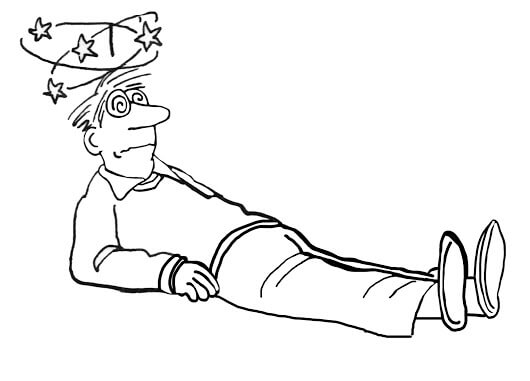HISTORY Mnemonic: 4D-3E-2Fg-2H 1. Define “Dizziness”: Room is spinning/rocking/somersaulting – Vertigo Feel like “going to faint” – Near-syncope “Going to fall” or “Unsteady on feet” – Disequilibrium Feel like they’ve or are “left their body” or “floating/swimming” – Psychophysiologic dizziness 2. Duration of each episode: Seconds: BPPV Minutes: TIA or…
Author: Epomedicine
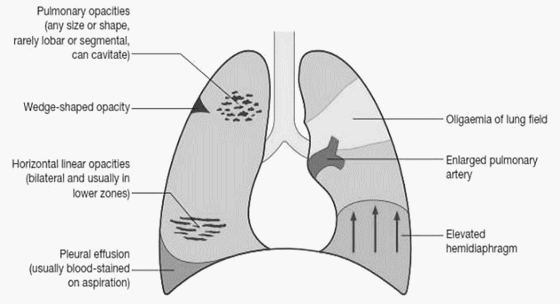
Pulmonary Embolism : Chest X-ray Signs
1. Classic presentation is normal X-ray in patient with dyspnea and hypoxia 2. Atelectasis or parenchymal abnormality (68%) 3. Elevated hemidiaphragm 4. Pleural effusion (Felson’s sign – pleural effusion on left > right) 5. Hampton’s hump: peripheral pleural based wedge-shaped density above the diaphragm due to pulmonary infarct 6. Westermark’s…
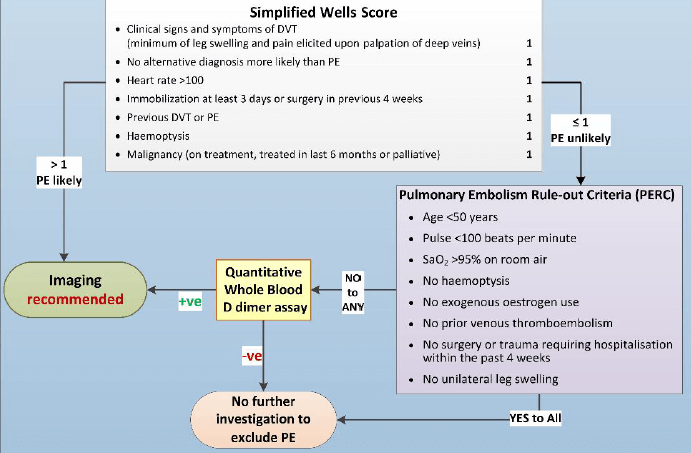
Well’s and PERC Criteria for Pulmonary Embolism : Mnemonic
Well’s Criteria (Modified and Simplified) Mnemonic: CHADS (Remember, this is not the CHADS2 score for Atrial Fibrillation) Clinical features of DVT Cancer Heart rate > 100/min Hemoptysis Alternative diagnosis less likely DVT/PE in past Surgery in past 4 weeks or Immobilization for 3 days Well’s criteria Original score Simplified score…
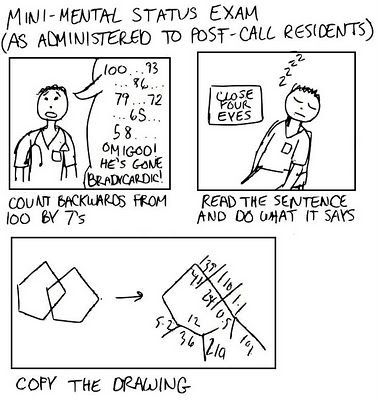
Folstein Mini-Mental State Examination (MMSE): Mnemonic
ORARL, 5-3-5-3-9 1. Orientation: Time (5 points – 1 for each correct): What is the: (year) (season) (date) (day) (month)? Place (5 points – 1 for each correct): Where are we: (state) (county) (town) (hospital) (floor)? 2. Registration: Name three objects, ask patient to repeat (3 points – 1 for each on first…
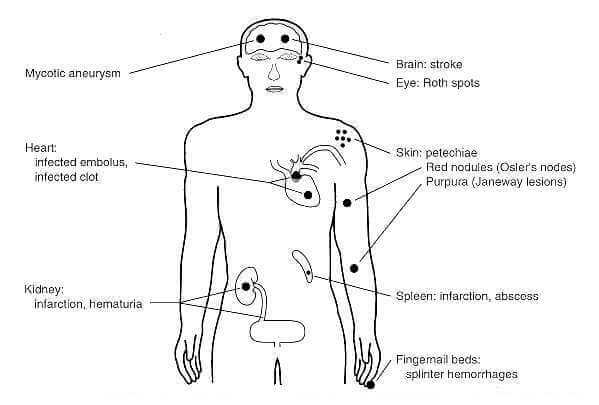
Modified Duke’s Criteria for Infective Endocarditis : Mnemonic
Bacterial Endocarditis FIVE PM, i.e. BE FIVE PM Blood culture positive for IE Endocardial involvement Fever Immunologic phenomena Vascular phenomena Echocardioraphy minor criteria (eliminated) Predisposition Microbiologic evidence Definite Diagnosis from Clinical Criteria: 2 (major) + 0 (minor) or 1 (major) + 3 (minor) or 0 (major) + 5 (minor) Look:…
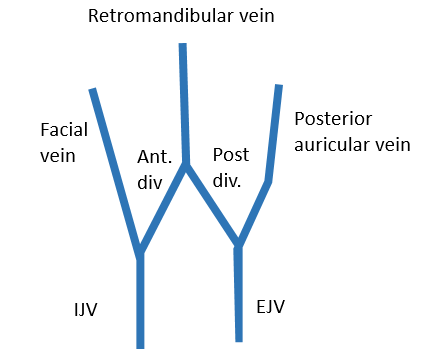
Venous drainage of Face : “W” shaped arrangement
When we look from lateral side, the veins on each side form a “W” shaped arrangement. Each corner of the “W” is prolonged upward into the scalp, and downward into the neck. Remember the 3 verticla stems of letter “W”: 1st stem (in face): Facial vein 2nd stem (behind mandible,…
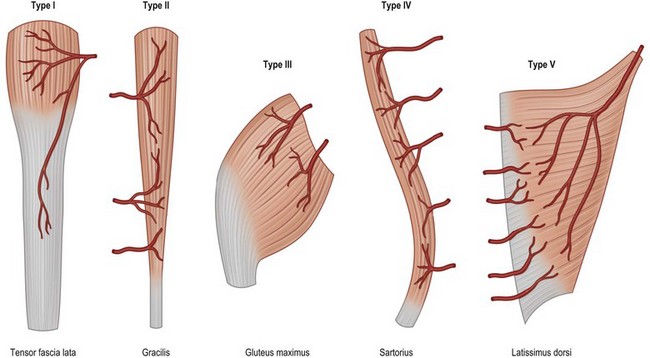
Mathes and Nahai Classification of Muscle Flap based on Vascular Anatomy
Type Dominant pedicle Minor pedicle Example I 1 – Tensor Fascia Lata (TFL) II 1 1 Gracilis III 2 – Gluteus maximus IV – Multiple Sartorius V 1 Multiple Lattisimus dorsi Mnemonic: Ten Graceful Glutes Sat on Latrines Type I: TFL Type II: Gracilis Type III: Gluteus maximus Type IV:…

Rapid Sequence Intubation (RSI) – Mnemonic Approach
Approach the patient with 9 Ps. 0-10 minutes (Possibility of Success): Anticipating difficult airway Mnemonic: LEMON approach 1. Look externally: Remember “BONES“ Beard Obesity No teeth Elderly Sleep apnea/Snoring 2. Evaluate 3-3-2 rule: Ideal dimensions for visualization of larynx 3 fingers in mouth: adequate mouth opening 3 fingers under the…
